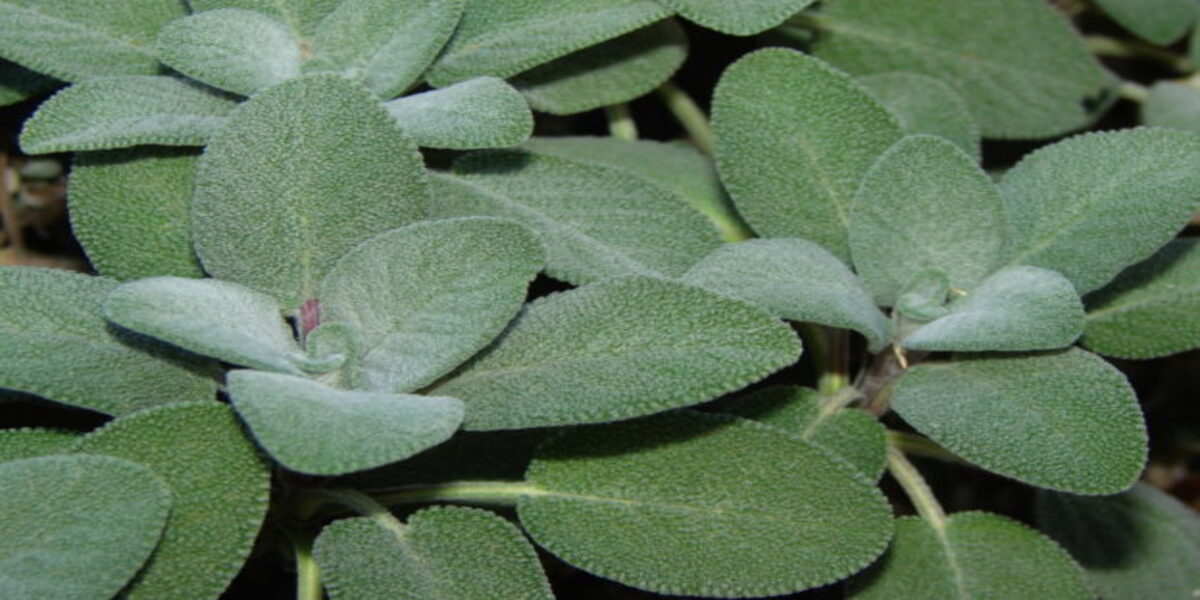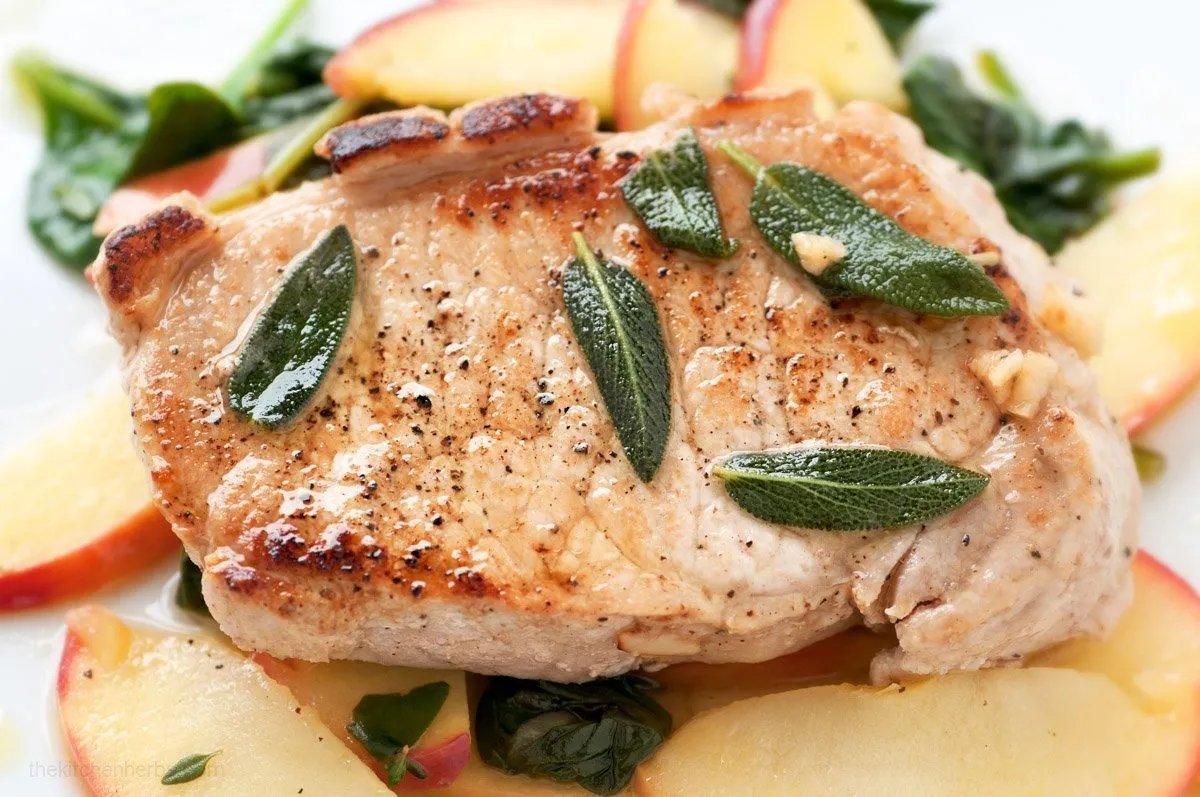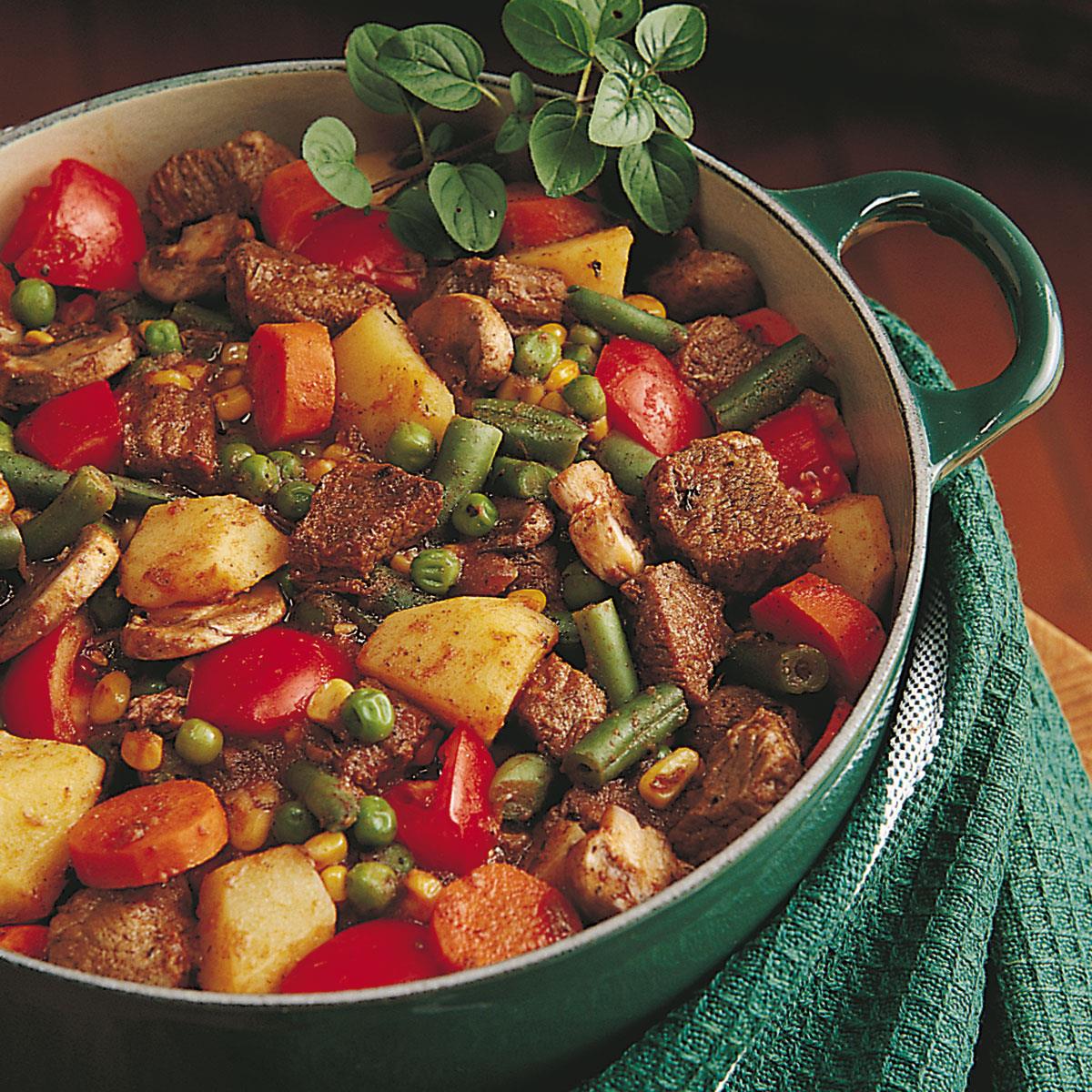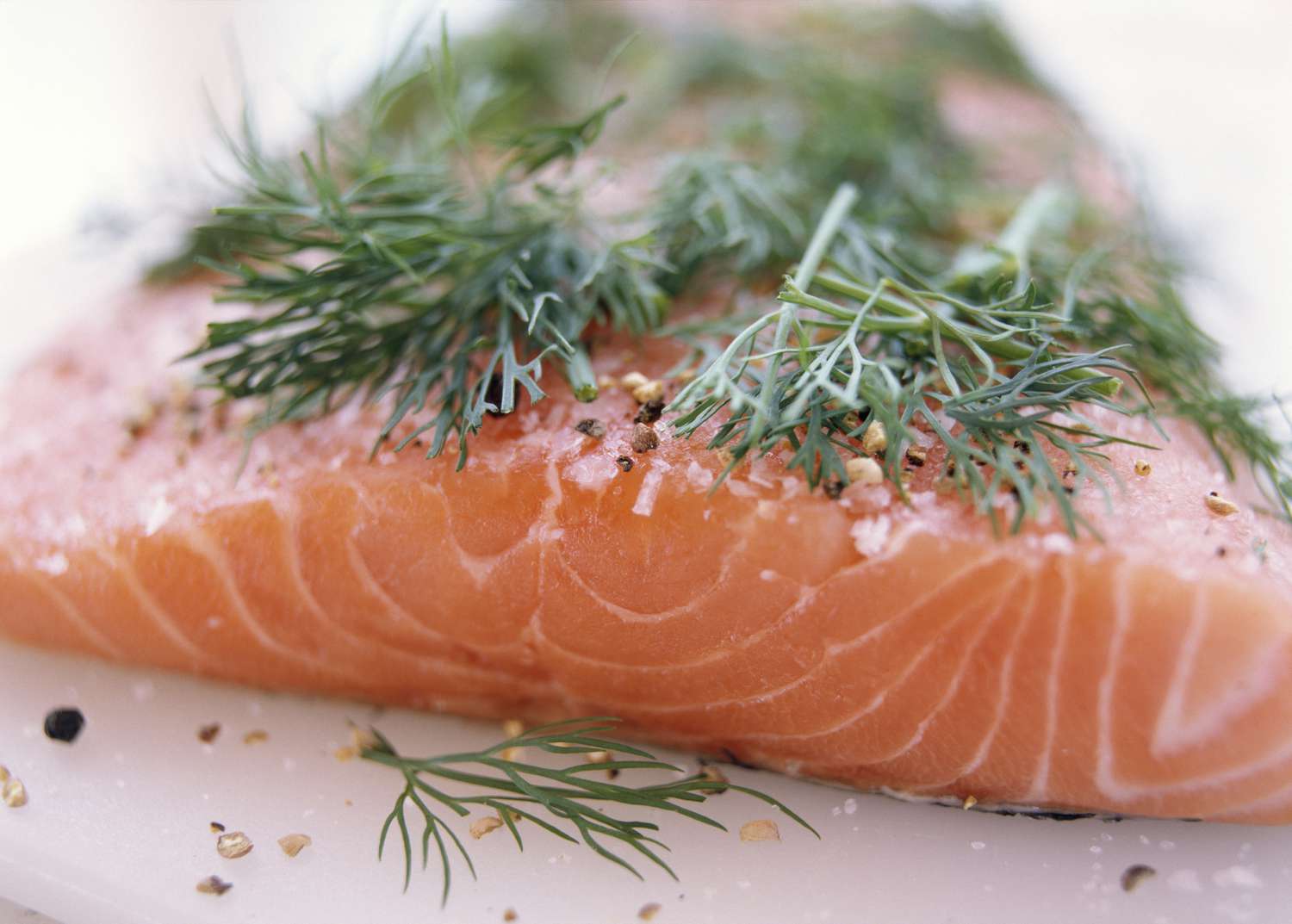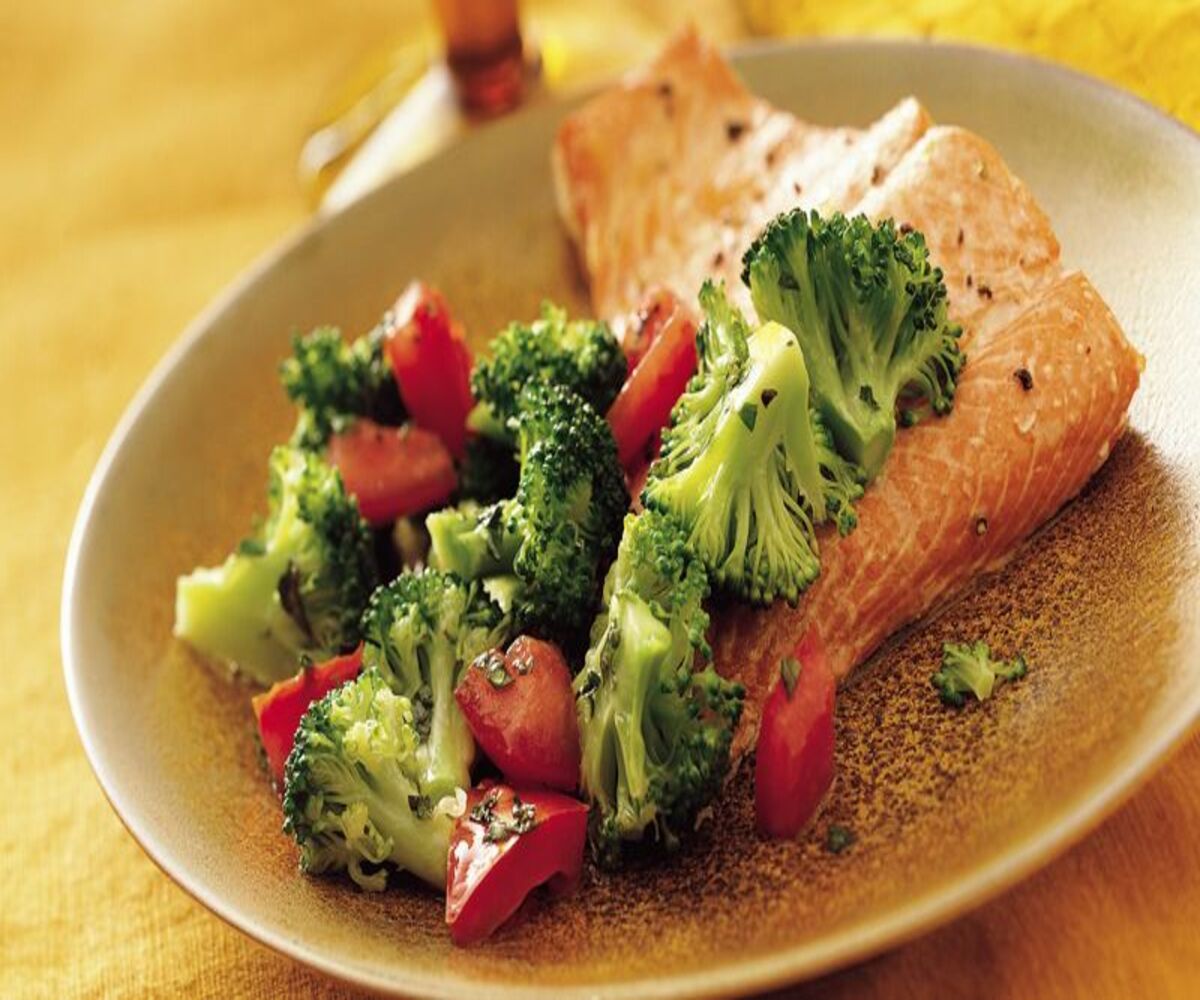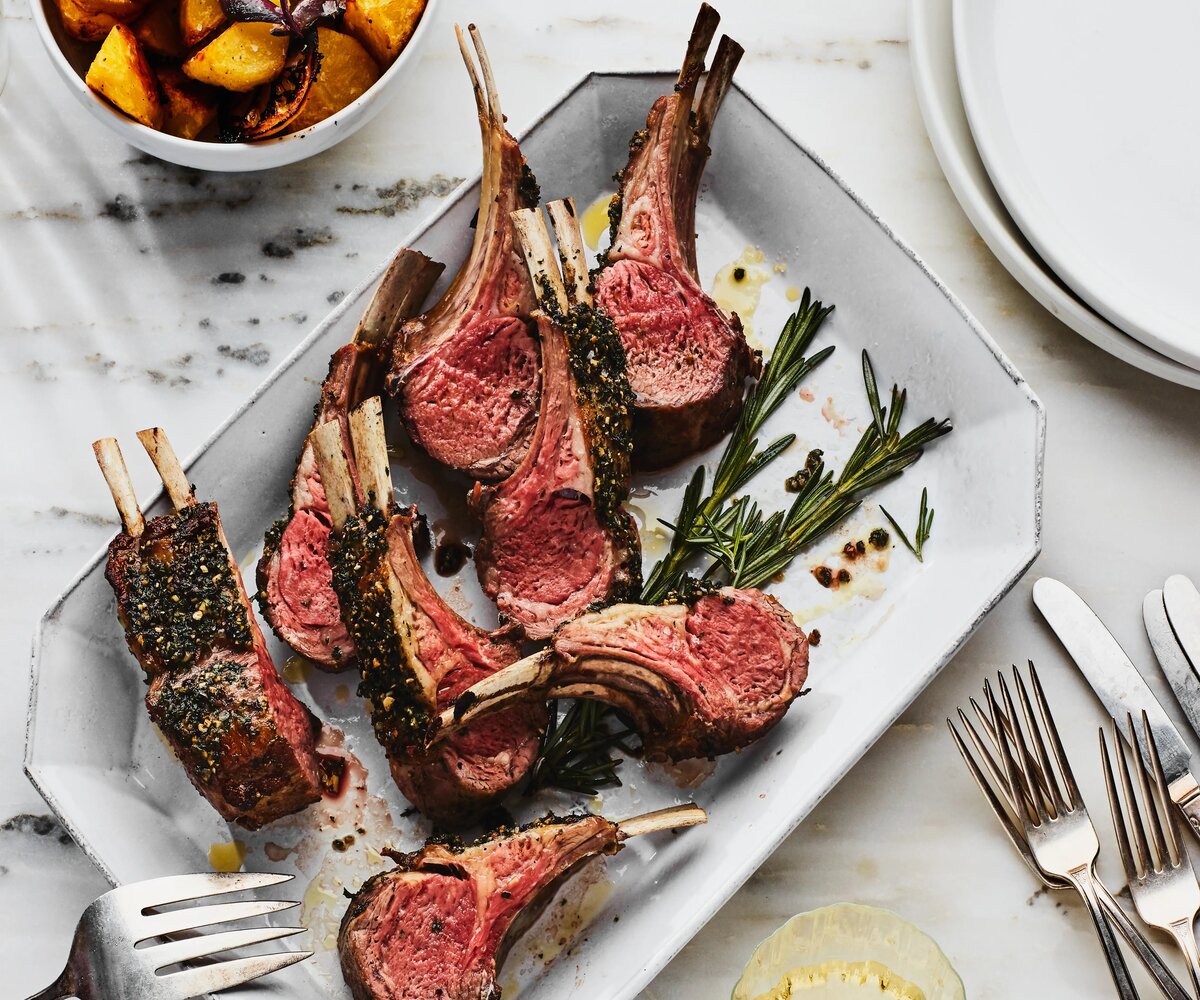Home>Gardening News and Trends>Gardening Trends>What Herbs Go With Basil
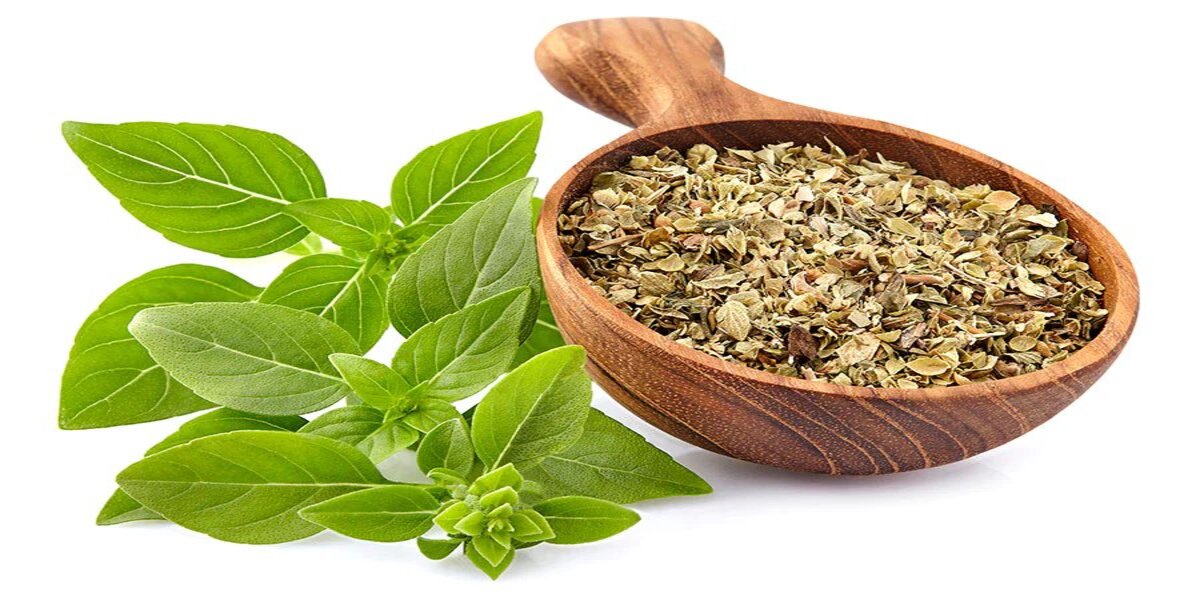

Gardening Trends
What Herbs Go With Basil
Modified: January 22, 2024
Discover the latest gardening trends and explore the perfect companion herbs that go well with basil in your garden. Enhance your culinary experience with these flavorful combinations.
(Many of the links in this article redirect to a specific reviewed product. Your purchase of these products through affiliate links helps to generate commission for Chicagolandgardening.com, at no extra cost. Learn more)
Table of Contents
Introduction
Gardening has always been a popular pastime, and in recent years, the interest in gardening has reached new heights. As more people embrace a sustainable lifestyle and look for ways to connect with nature, gardening is becoming a go-to activity. One particular trend that has gained significant momentum is growing herbs at home.
Among the various herbs available, basil has emerged as a favorite among gardening enthusiasts and culinary aficionados alike. This fragrant and versatile herb has a rich history and a multitude of uses in the kitchen and beyond. But what if you want to enhance the flavor of your basil-infused recipes? Well, the answer lies in finding the perfect complementary herbs that pair well with basil.
In this article, we will dive into the world of herbs that go hand in hand with basil. We will explore the culinary and medicinal uses of these complementary herbs and provide tips on growing them together to create a harmonious and thriving herb garden.
So, if you’re ready to elevate your culinary creations and take your gardening skills to the next level, let’s uncover the fascinating world of herbs that perfectly complement basil. Get ready to unleash a world of flavors!
Basil: An Overview
Basil, with its vibrant green leaves and enticing aroma, is undoubtedly one of the most popular herbs in the world. It belongs to the mint family and is native to tropical regions such as India and Southeast Asia. Basil has been cultivated for thousands of years and has played a significant role in various cuisines and traditional medicinal practices.
Known for its distinctive flavor, basil offers a delightful balance of sweetness and slight peppery notes. Its flavor profile can be described as slightly anise-like, with hints of cloves and mint. This unique taste is what makes basil an essential ingredient in many classic dishes.
Aside from its culinary delights, basil also offers a range of health benefits. It contains essential oils, antioxidants, and phytochemicals that contribute to its medicinal properties. Basil has been used for centuries to alleviate digestive issues, reduce inflammation, and boost the immune system.
There are numerous varieties of basil, each with its own distinct characteristics. The most commonly grown and recognized variety is sweet basil, often used in Italian cuisine and pesto sauces. Other popular varieties include Thai basil, with its slightly spicy flavor, and lemon basil, which adds a refreshing citrus twist to dishes.
Basil is not only a feast for the senses but also a feast for the eyes. Its lush green foliage and delicate flowers make it a beautiful addition to any garden or herb container. With proper care and attention, basil plants can thrive and provide an abundant harvest throughout the growing season.
Now that we have explored the wonders of basil, let’s delve into the world of herbs that perfectly complement this versatile plant.
Complementary Herbs for Basil
When it comes to pairing herbs with basil, there are several options that can enhance its flavors and create a delightful culinary experience. These herbs not only complement basil’s taste but also add depth, complexity, and nuance to various dishes. Let’s explore some of the best complementary herbs for basil:
- Parsley: Parsley is a versatile herb that pairs exceptionally well with basil. Both herbs have bright and refreshing flavors, and when combined, they create a harmonious balance. Parsley adds a hint of freshness and a vibrant green color to dishes like pesto, soups, and salads.
- Oregano: Oregano is another herb that complements basil beautifully. It has a robust and slightly peppery flavor that enhances the earthiness of basil. This dynamic duo is often used in classic Italian and Mediterranean dishes, such as pasta sauces, pizza, and grilled vegetables.
- Thyme: Thyme’s delicate and aromatic flavor pairs well with the slightly sweet and peppery flavor of basil. Together, they add depth and complexity to meat dishes, roasted vegetables, and marinades. Thyme is also known for its medicinal properties, making it a great addition to herbal teas and remedies.
- Rosemary: Rosemary’s bold and pine-like flavor can effortlessly elevate the taste of basil-infused dishes. This combination works wonders in roasted meats, savory bread, and hearty stews. Rosemary’s strong aroma also adds a delightful fragrance to any culinary creation.
- Mint: Mint and basil make a surprising yet delightful pairing. Mint’s cool and refreshing taste complements basil’s subtle sweetness, creating a unique flavor profile that works well in salads, fruit-infused water, and refreshing beverages. The combination of these herbs can bring a refreshing twist to your culinary creations.
These are just a few examples of the many complementary herbs that perfectly complement basil’s flavor. Don’t be afraid to experiment and explore different herb combinations to discover your own unique culinary masterpieces.
Now that we have explored the complementary herbs for basil, let’s move on to discover the culinary and medicinal uses of these delightful herb pairings.
Culinary Uses of Basil and Complementary Herbs
Basil and its complementary herbs open up a world of culinary possibilities, adding depth, flavor, and aroma to a wide range of dishes. Let’s explore some of the delightful culinary uses of basil and its complementary herbs:
- Herb-infused oils: Basil and complementary herbs such as thyme, rosemary, and oregano can be used to create fragrant and flavorful herb-infused oils. Simply steep the herbs in olive oil for a few weeks and strain out the herbs. These infused oils can be drizzled over salads, pasta dishes, or used as a dipping sauce for bread.
- Pesto: Basil is the star ingredient in the classic Italian sauce, pesto. Combining basil with complementary herbs like parsley or mint, garlic, pine nuts, Parmesan cheese, and olive oil creates a vibrant and versatile sauce. Pesto can be tossed with pasta, spread on sandwiches, or used as a marinade or dip.
- Herb rubs and marinades: A combination of basil and complementary herbs like thyme, rosemary, and oregano can be ground together to create flavorful herb rubs and marinades. These can be used to season meats, poultry, and vegetables before grilling or roasting, infusing them with aromatic and delicious flavors.
- Soups and stews: Adding a combination of basil and complementary herbs to soups and stews enhances their depth of flavor. Whether it’s a tomato-based soup with basil, oregano, and parsley or a hearty stew with thyme and rosemary, the herbs elevate the taste and create a satisfying meal.
- Salads and dressings: Basil and complementary herbs can bring freshness and complexity to salads and homemade dressings. Tossing basil leaves with complementary herbs like mint, parsley, and thyme adds a burst of flavor to salads. Herb-infused dressings, like a basil and rosemary vinaigrette, can take your salad to the next level.
These are just a few examples of the culinary wonders that basil and its complementary herbs offer. The combinations are endless, and experimenting with different herb pairings can lead to delectable creations that tantalize the taste buds.
Now that we’ve explored the culinary uses of basil and its complementary herbs, let’s delve into their remarkable medicinal properties.
Medicinal Properties of Basil and Complementary Herbs
Basil and its complementary herbs not only add flavor to dishes but also offer an array of medicinal properties that have been recognized and utilized for centuries. Let’s take a closer look at the remarkable health benefits of these herbs:
- Basil: Basil contains essential oils, such as eugenol, linalool, and estragole, which contribute to its medicinal properties. It has been used in traditional medicine to treat various ailments, including digestive issues, respiratory problems, and inflammatory conditions. Basil is also known for its antioxidant properties, helping to neutralize harmful free radicals in the body.
- Parsley: Parsley is not only a culinary powerhouse but also a rich source of vitamins, minerals, and antioxidants. It is known for its diuretic and anti-inflammatory properties and has been used to support kidney health, ease urinary tract infections, and reduce inflammation in the body. Parsley is also beneficial for digestion and can freshen breath.
- Oregano: Oregano is packed with powerful antioxidants that help fight inflammation and oxidative stress in the body. It has antimicrobial properties and is often used to support immune function and combat bacterial and fungal infections. Oregano also contains compounds that may have anti-cancer effects and promote digestive health.
- Thyme: Thyme is renowned for its antiseptic and antibacterial properties, making it a popular herb for treating respiratory infections, bronchitis, and sore throats. It also has antioxidant and anti-inflammatory properties that support overall health and wellbeing. Thyme has been used in traditional medicine to alleviate digestive issues and promote healthy digestion.
- Rosemary: Rosemary is a potent herb with a range of health benefits. It has antioxidant and anti-inflammatory properties that may help protect against chronic diseases and support brain health. Rosemary is also known to improve digestion, boost the immune system, and promote healthy hair and skin.
- Mint: Mint is widely recognized for its soothing and calming properties. It is commonly used to alleviate digestive discomfort, such as indigestion, bloating, and nausea. Mint also has antimicrobial properties and can help freshen breath. Additionally, mint has been shown to relieve headaches and reduce stress and anxiety.
While these herbs offer various health benefits, it’s important to note that they are most effective when consumed as part of a balanced diet and healthy lifestyle. Consult with a healthcare professional before using these herbs for medicinal purposes to ensure they are suitable for your specific needs.
Now that we’ve explored the medicinal properties of basil and its complementary herbs, let’s move on to discuss how to grow and pair basil with other herbs in your garden.
Growing and Pairing Basil with Other Herbs
Growing basil and its complementary herbs together in your garden not only provides a convenient and accessible source of fresh herbs but also creates an opportunity to explore unique flavor combinations. Here are some tips for growing and pairing basil with other herbs:
1. Growing Conditions: Basil and its complementary herbs thrive in similar growing conditions. They prefer well-draining soil, ample sunlight, and regular watering. Ensure that the herbs have enough space to grow and avoid overcrowding, as this can lead to poor airflow and disease.
2. Herb Pairings: Consider the growth habits and compatibility of basil and its complementary herbs when planning your herb garden. Select herbs that have similar growth requirements and complement each other in terms of flavor. For example, basil pairs well with parsley, oregano, thyme, rosemary, and mint.
3. Planting Arrangement: When planting herbs together, you can choose to intermix them or create separate sections within your garden. You could plant basil and its complementary herb side by side in rows or create clusters of each herb for a visually appealing display.
4. Harvesting: Harvesting herbs regularly promotes their growth and vitality. When harvesting basil and complementary herbs, pinch off the top leaves, leaving some foliage on the plant. This encourages new growth and ensures a continuous supply of fresh herbs for your culinary adventures.
5. Culinary Pairings: Experiment with different herb combinations in your recipes to discover new flavors. Use your harvested basil and complementary herbs together in dishes like pasta sauces, marinades, salads, and herb-infused oils. The unique blend of flavors will enhance your culinary creations and offer a delightful sensory experience.
6. Drying and Preserving: To enjoy your homegrown basil and complementary herbs beyond the growing season, consider drying or preserving them. Harvest the herbs when they are at their peak, tie them in bundles, and hang them upside down in a cool, dry place. You can also freeze the herbs by chopping them and placing them in ice cube trays with olive oil or water for later use.
7. Collaboration with Other Plants: Basil and its complementary herbs can also be grown alongside other companion plants that benefit each other. For example, companion plants like marigolds can deter pests, while plants like tomatoes provide natural shade for the herbs.
By following these tips for growing and pairing basil with other herbs, you can create a thriving herb garden that offers a bountiful harvest and a world of delightful flavors.
Now that we’ve explored how to grow and pair basil with other herbs, it’s time to embark on your own herb gardening journey and enjoy the aromatic delights!
Conclusion
The world of gardening and culinary exploration brings us on a delightful journey through the vast array of herbs available. Basil, with its vibrant flavor and versatility, has captured the hearts of gardeners and food enthusiasts worldwide. However, when paired with complementary herbs, the culinary experience reaches new heights.
We have explored the wonders of basil, its history, and unique taste. From its various varieties like sweet basil, Thai basil, and lemon basil to its numerous health benefits, basil is a true gem in the herb kingdom.
We’ve also delved into the world of complementary herbs that perfectly enhance the flavors of basil. Parsley, oregano, thyme, rosemary, and mint – each with its own distinctive traits – join forces with basil to create a symphony of flavors in our dishes.
Through culinary applications, we’ve seen how basil and its complementary herbs can transform ordinary recipes into extraordinary culinary creations. Whether it’s through herb-infused oils, pesto, rubs and marinades, or even in soups, salads, and dressings, these herbs add depth, freshness, and complexity to our meals.
Beyond the culinary realm, basil and its complementary herbs offer an array of medicinal properties. From their antioxidant and anti-inflammatory effects to their support in digestion, respiratory health, and beyond, these herbs have long been valued for their holistic benefits.
When it comes to growing basil and its complementary herbs, proper care and attention are key. By creating the ideal growing conditions and choosing compatible herb pairings, we can enjoy the convenience of having fresh herbs at our fingertips.
As we conclude our journey through the world of basil and its complementary herbs, we are left with the inspiration to experiment, create, and savor the unique flavors they bring. So, whether you’re an avid gardener, a passionate cook, or simply someone who appreciates the goodness of herbs, embrace the beauty of basil and its complementary herbs and let them enrich your culinary experiences.
Now, it’s time to embark on your own herb gardening adventure and explore the magic of basil and its complementary herbs in your kitchen. Happy gardening and bon appétit!
